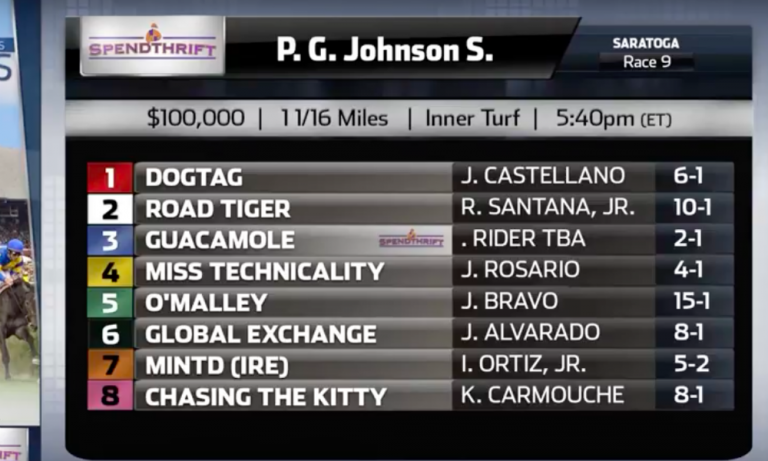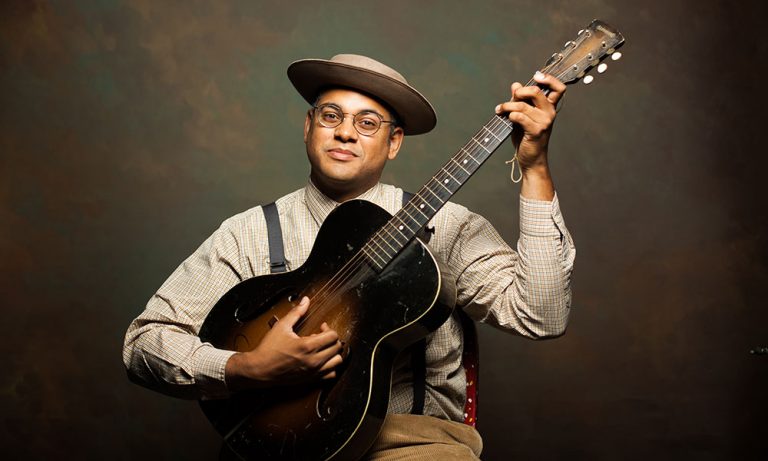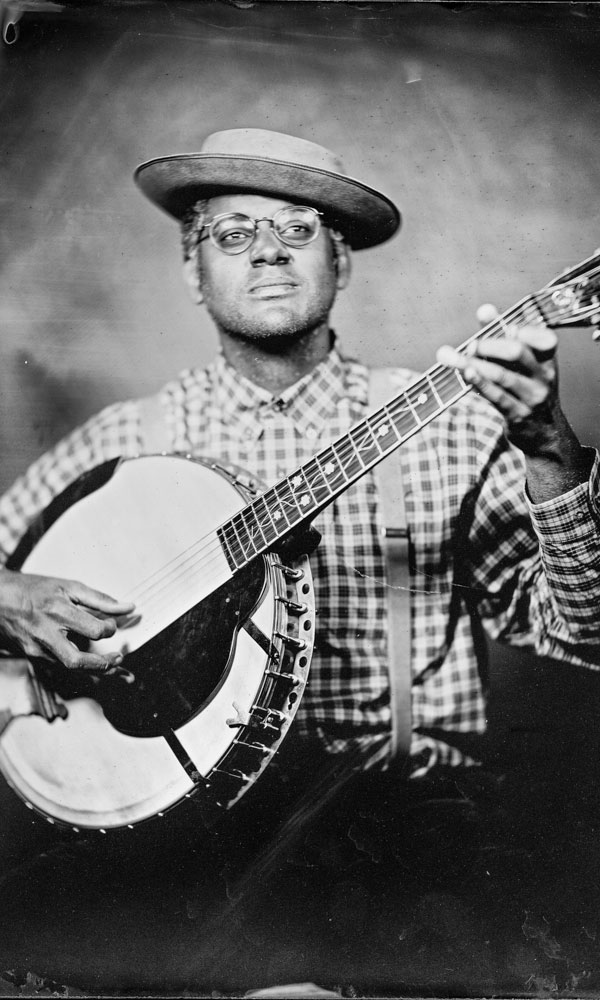The victory of Catholic Boy in last Saturday’s Travers fueled an enjoyable conversation about 3-year-old Thoroughbreds who have been versatile enough to win Grade 1 races on both turf and dirt. His score earlier this season in the Belmont Derby was impressive enough, but when Catholic Boy reduced his Travers opposition to bit players, the historically minded went to work.
Secretariat was the first 3-year-old to come to mind, with his 1973 Triple Crown sweep later embellished with top-class turf victories in the Man o’ War and the Canadian International. California Chrome qualified for the list late in his 3-year-old season when he added the Grade 1 Hollywood Derby at Del Mar to his handsome main-track portfolio.
Turning back the clock to the days before races were subjectively graded, there emerges a handful of candidates who add depth to the subject.
Round Table, perhaps the ultimate two-way player, won the Grade 1-equivalent Blue Grass, Westerner, and Hollywood Gold Cup on the main track in 1957 as a 3-year-old, then added the United Nations on grass. As a 3-year-old of 1955, Swaps collected top-class events on the dirt like the Santa Anita Derby, Kentucky Derby, Californian, and Westerner. Then, in his only turf appearance of the season, Swaps descended upon Washington Park to take the American Derby, considered at the time the preeminent turf race for the division.
Other examples are harder to find. Preakness and Belmont winner Damascus came within a nose of joining the club in 1968 when he just missed in the Washington, D.C. International. Carry Back tried to gild his 1961 Derby and Preakness victories by running in the United Nations, but he flopped. Riva Ridge attempted to cap his fine 1972 campaign in the International, but sank in a Laurel bog.
Majestic Light was a two-way racehorse who went back and forth between turf and dirt with impunity. As a 3-year-old of 1976 he won the Grade 1 Swaps at Hollywood Park and the Grade 1 Monmouth Invitational, which later became the Haskell. On grass, he won the Grade 2 Cinema at Hollywood and finished second in the Grade 2 American Derby. In 1976 there were no Grade 1 races on the grass for 3-year-olds.
John Russell trained Majestic Light for the Phipps family, who bred the colt from a mating of Majestic Prince and the Ribot mare Irradiate. The cocktail blended brilliant classic dirt form with the sturdy blood of a two-time Arc winner, although their offspring took after mom’s side in both Majestic Light’s bay coloring and rock-hard soundness, demonstrated by a career record of 11 wins and 10 placings in 31 starts over three seasons.
As a 4-year-old, Majestic Light bounced back and forth between surfaces to win the Grade 1 Man o’ War on grass and the Grade 1 Amory Haskell (later changed to the Monmouth Handicap) on dirt. He was in the mix for a grass championship late in the year and had arguably the best overall record, with seconds in the Canadian International, D.C. International, and Turf Classic to go along with his Man o’ War.
“I had ridden the last two winners of the D.C. International with Nobilliary and Youth for Nelson Bunker Hunt,” said Hall of Famer Sandy Hawley. “In 1977 they brought over Exceller and asked me to ride, but I stuck with Majestic Light.”
Johnny D. won the race, with Majestic Light two lengths back, while Exceller finished far back in third.
It takes a special combination of attributes for a horse like Majestic Light – or Catholic Boy – to compete at the top on dirt and turf.
“The breeding surely had a lot to do with his versatility,” Hawley said. “He also had the big foot for grass racing, as well as the smooth, lengthy stride that works so well on dirt.
“He was the type of horse who did things so easily that often when you worked him you thought you were going a lot slower than he actually went,” Hawley added. “Sometimes you ride a horse and think, ‘I wish they could all feel like this.’ He was one of those horses.”
The death of John Asher earlier this week at the age of 62 provided one of those reminders that thinking about someone or tweeting a reply is not the same as picking up the phone and giving them a call.
John Asher on the phone, or in person, was a balm to the soul. And it was not simply his FM-friendly baritone, seasoned with just enough Western Kentucky to charm the hardest heart. It was what he said and how he said it.
Integrity lived large in John Asher, which was no mean trick in his role as a mouthpiece for the highly corporatized Churchill Downs Inc. He earned his reputation as an award-winning radio journalist – five Eclipse Awards were only a few of his honors – and he never took that reputation lightly.
It’s easy to say John went too soon, but who can say? Certainly his grandkids deserved another 30 years of grandpa’s peerless musical tastes and tales of Derby lore. Included in his outreach on social media was special acknowledgment last week of the half-century since the release of “Hey Jude,” which works just fine for me. If nothing else, John Asher knew how to take a sad song and make it better.
This story originally appeared on DRF.com.
Visit DRF.com for additional news, notes, wagering information, and more.







